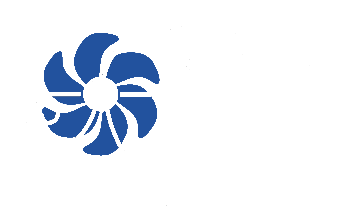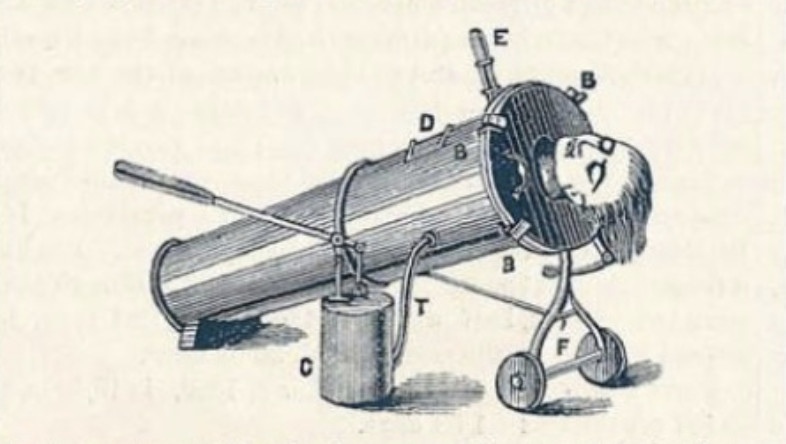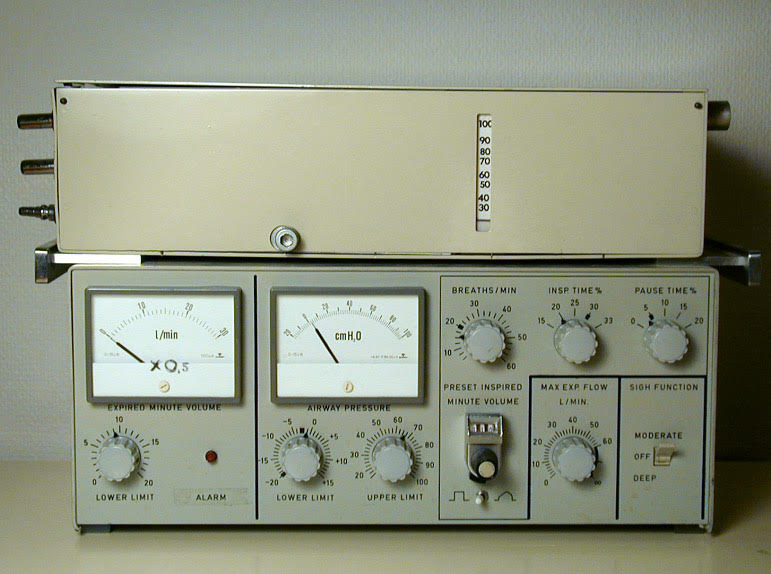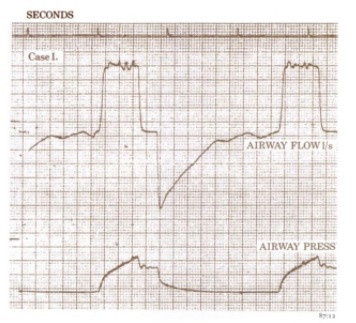History of medical ventilators
The HEV collaboration is proud to play a part in the long tradition of particle physics related technology and expertise being applied in the medical sector. Throughout particle physics’ history it has been found that the state-of-the-art techniques developed for particle accelerators, detectors, and the associated computing and simulation technologies have had often surprising impact in the world of medicine. Examples include hadron therapy, a cancer radiotherapy technique that uses protons and other ions to treat tumours, the use of scintillating crystals and compact photodetectors to improve Positron Emission Tomography (PET) imaging, and the development of photon counting detectors with the power to transform and colorise Computed Tomography (CT) imaging and radiography techniques. The area of ventilator development is maybe one where the link between physics and medicine can be seen most directly; all techniques are underpinned by the basic knowledge of the behaviour of gases as their volume and pressures are modified.
The concept of mouth to mouth respiration stretches way back in time. In 1667 Hooke showed that blowing air down the windpipe and out through punctures in the lungs sustained life; in 1744 William Tossach formally described mouth to mouth resuscitation.1
However the disadvantages of manual respiration were widely described ...
TBut as the insufflation of air by mouth is a very toilsome and loathsome act, and since accordingly an otherwise laudable delicacy of feeling usually prohibits both the physician and other people of propriety from using this method...it is only of little use. S
John Herholdt and Carl Rafn, 1796.2
... and proposals for the use of bellows and other mechanical apparatus started to proliferate from the middle of the 18th Century. Ventilator developers also quickly came to understand the importance of a good control of the pressure in the lungs.
Jean Leroy d'Etiolles (1798-1860) pointed out:
TL’insufflation du poumon, faite sans ménagement, peut donner la mort.S
J. Leroy d’Etiolles.3
The bellows apparatus developed by d’Etiolles 4was done in such a way as to be able to limit the positive pressure produced during artificial ventilation.
In the 1876 the concept of "iron lung" ventilation was presented by Eugene Woillez (1811-1882), proposing a intermittent negative pressure space around the patient to enable the lungs to fill safely with air.5
In an indication of the blossoming of ideas around this time it is interesting to note that Woillez' claim for originality was disputed by Ignez von Hauke (1832-1885), an Austrian doctor who claimed that his concept had been copied without credit6, and it may even have been the case that inspiration was taken from an apparatus designed by M. Ebersold of Interlaken 3 years earlier.7
In 1971 the modern age of ventilators was ushered in by Sven-Gunnar Olson, who introduced the first electrically controlled ventilator (the Servo Ventilator 900). The electrical system controlled the inspiratory and expiratory phases and breathing, and crucially, for the first time, it was possible to continuously monitor the patient's lung parameters, providing vital diagnostic information. The curves produced look not far away from the monitoring curves provided by modern ventilators such as the HEV. The concept of monitoring and data analysis, whether this be by direct touch-screen, web interface, or analysis of logged data, so central for modern treatment, is closely linked to the philosophy and techniques of modern particle physics experiments, a feature which has made the HEV development so natural for the software engineers.
The development of a new medical concept and the challenges of bringing treatments to the patient bedside, particularly in the case of an advanced machine such as an invasive ventilator, are not to be underestimated. Ventilator companies in existence around the world have colorful stories to tell. Here we have an interview with Josef Brunner, CEO of NeoSim, talking about the history of ventilator development and the curious story of how ventilator manufacturing came to Switzerland.
- 1. Tossach WA. A man dead in appearance, recovered by distending the lungs with air. Med Essays and Obs Soc Edinb 1744; 5:605-608
- 2. Herholdt JD, Rafn DG. An attempt at an historical survey of lifesaving measures for drowning persons and information on the best means by which they can be brought back to life. Copenhaga: H Tikiob/M. Seest; 1796
- 3. Magendie, F. RAPPORT fait à l’académie des sciences sur un mémoire de M. Leroy-d’Etiolles, relatif à l’insufflation du poumon, considérée comme moyen de secours à donner aux personnes noyées ou asphyxiées, J. Physiol Exp Pathol 9:97, 1829
- 4. J. Leroy d’Etiolles. Recherches sur l’asphyxie. Impr. de Plassan
- 5. Woillez, E.J. Du Spirophore, appareil de sauvetage pour le traitement de l’asphyxie, et principalement de l’asphyxie des noyés et des nouveaux-nés, Bulletin d’Académie de Médecine Paris, 2nd Ser, 5, 611, 1876 and Scientific American, December 16, 1876
- 6. Hauke. Neue Pneumatische Apparate under ihre Anwendung in der Kinderpraxis, (1876) W. Braumuller, Vienna
- 7. C.H.M. Woollam, “The development of apparatus for intermittent negative pressure respiration], Anaesthesia, 1976, Volume 31, pages 537-547




